Scientific Voyages
Contents:
 Collection of Historical Sources on Scientific Voyages
Collection of Historical Sources on Scientific Voyages
Partner institutions and contributors:
 Scientific Voyages to the Canary Islands in the Eighteenth and Nineteenth Centuries: The Open Digital Research Library of the Humboldt Project
Scientific Voyages to the Canary Islands in the Eighteenth and Nineteenth Centuries: The Open Digital Research Library of the Humboldt Project
Throughout the eighteenth and nineteenth centuries the Canary Archipelago became a focus of study for the European expeditions that sailed to America, Africa, the Pacific and Indian Oceans, and for those that traveled exclusively to the Islands. The main purposes were to draw up maps, to fix the longitude at the Meridian of El Hierro, to catalogue plants and animals, and to study the volcanic geological origins, the climate, the geography, and the history of the Islands.
Most of these travelers left their traces in the form of written texts, engravings or drawings, which are conserved in libraries and scientific institutions throughout Europe. Today, when the future of the Canaries is closely related to Europe, this documentation constitutes an essential legacy preserving this relation. The aim of the Historical Heritage of the Autonomous Community of the Canary Islands is to recover this legacy as it represents a great part of the historical relation between Europe and the Islands.
Most of these travelers left their traces in the form of written texts, engravings or drawings, which are conserved in libraries and scientific institutions throughout Europe. Today, when the future of the Canaries is closely related to Europe, this documentation constitutes an essential legacy preserving this relation. The aim of the Historical Heritage of the Autonomous Community of the Canary Islands is to recover this legacy as it represents a great part of the historical relation between Europe and the Islands.
Partner institutions and contributors:
Librería Anticuario Astrolabio
Private collection (Markus Schnoepf)
 Collection of Historical Sources on Scientific Voyages
Collection of Historical Sources on Scientific Voyages Max Planck Institute for the History of Science
Max Planck Institute for the History of Science
 top
top
